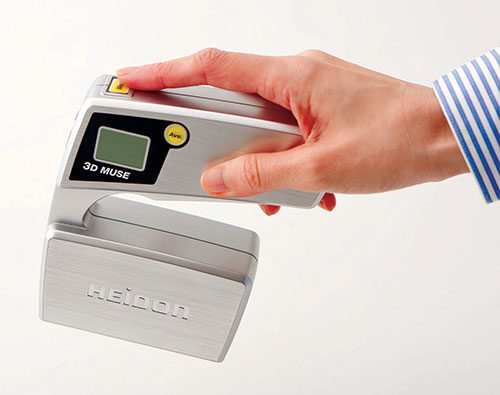Preventing slips, trips and falls
How can slip and fall incidents be prevented while deterring costly liability?

John Bogart, managing director, Kett US, Villa Park, CA.
For facility managers of malls, grocery stores and other large commercial buildings, ensuring safety and preventing slip-and-fall litigation can come down to documenting that walkway surfaces meet standards in terms of available traction – particularly when wet, when falls are more likely.
A proactive plan is required that prevents clutter, speeds cleanup and routinely documents safe flooring traction. Today, this often entails measuring the static coefficient of friction on a range of materials to meet ANSI/NFSI B101.1-2009 “Test Method for Measuring Wet SCOF of Common Hard-Surface Floor Materials.”
In this regard, an SCOF of 0.6 or greater equates with high traction (lower probability of slipping); an SCOF of 0.4 or greater but less than 0.6 equates with moderate traction (increased probability of slipping); and an SCOF of less than 0.4 equates with minimal available traction (higher probability of slipping).
Fortunately, a new generation of innovative, portable friction testers are enabling fast, lab-quality SCOF testing in volume by essentially anyone without specialized training. With this capability, onsite measurement is easily conducted on a variety of surfaces, even at an angle or upside down.
In contrast to complex, traditional transportable units – which can be larger than a microwave oven – easy-to-use portable friction analyzers about the size of a hand mixer are available. These can be used onsite at locations with installed flooring to help ensure safe, compliant SCOF documentation that deters slip-and-fall litigation and liability.
Examples of this include two handheld, battery-operated models designed so that virtually anyone can quickly use them with minimal training wherever SCOF measurement is needed. Operation is simple: The operator puts the unit on the surface to be tested, presses the measure key and obtains the SCOF value in seconds, with accuracy comparable to lab models.
The units rely on an electric coil assembly and a magnet to create an easily variable and precisely measureable force. When the operator presses the measure key, a voice coil motor increases the force exerted on a fixed slider until it begins to move. An integrated microprocessor measures the force vectors and calculates the SCOF.
To enhance accuracy, both units automatically calculate averages to reduce operator judgment on mixed surfaces. Both instruments are compact enough to take measurements in smaller spaces (such as stair steps), so the operator also can determine SCOF variations.
Compared to less flexible traditional methods, another benefit of the portable friction testers is the devices’ allowance for more versatile testing with a variety of mixed surfaces. This can include any solid or liquid on both hard and soft surfaces.
The ability to attach an interface layer onto the portable units enables multilayer simulation tests. These, for instance, can simulate the slip resistance of various shoe surfaces (leather, high heel, rubber) on flooring materials, both dry and wet.
The bottom line for facility management professionals is that they now can truly protect customers and themselves from dangerous and costly slip and fall incidents. With portable SCOF testing, they can ensure and document that all of their walking surface materials are within safe specifications where needed.
Editor's note: This article represents the independent views of the author and should not be construed as a National Safety Council endorsement.
Post a comment to this article
Safety+Health welcomes comments that promote respectful dialogue. Please stay on topic. Comments that contain personal attacks, profanity or abusive language – or those aggressively promoting products or services – will be removed. We reserve the right to determine which comments violate our comment policy. (Anonymous comments are welcome; merely skip the “name” field in the comment box. An email address is required but will not be included with your comment.)

